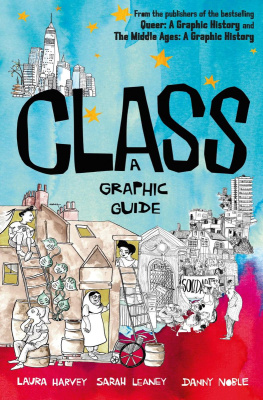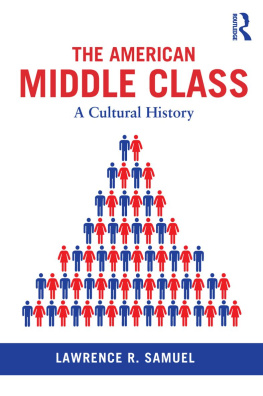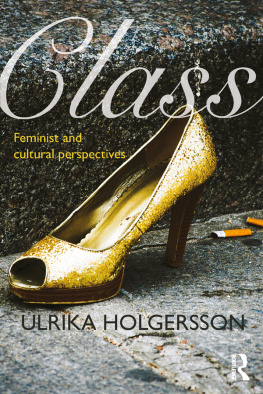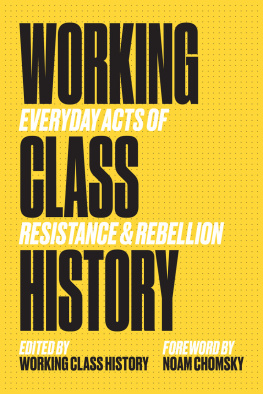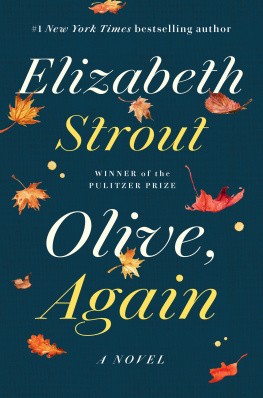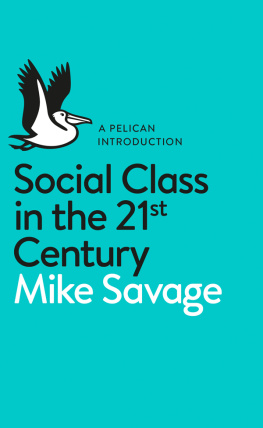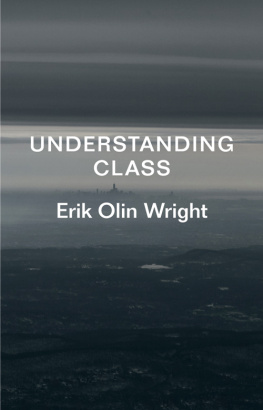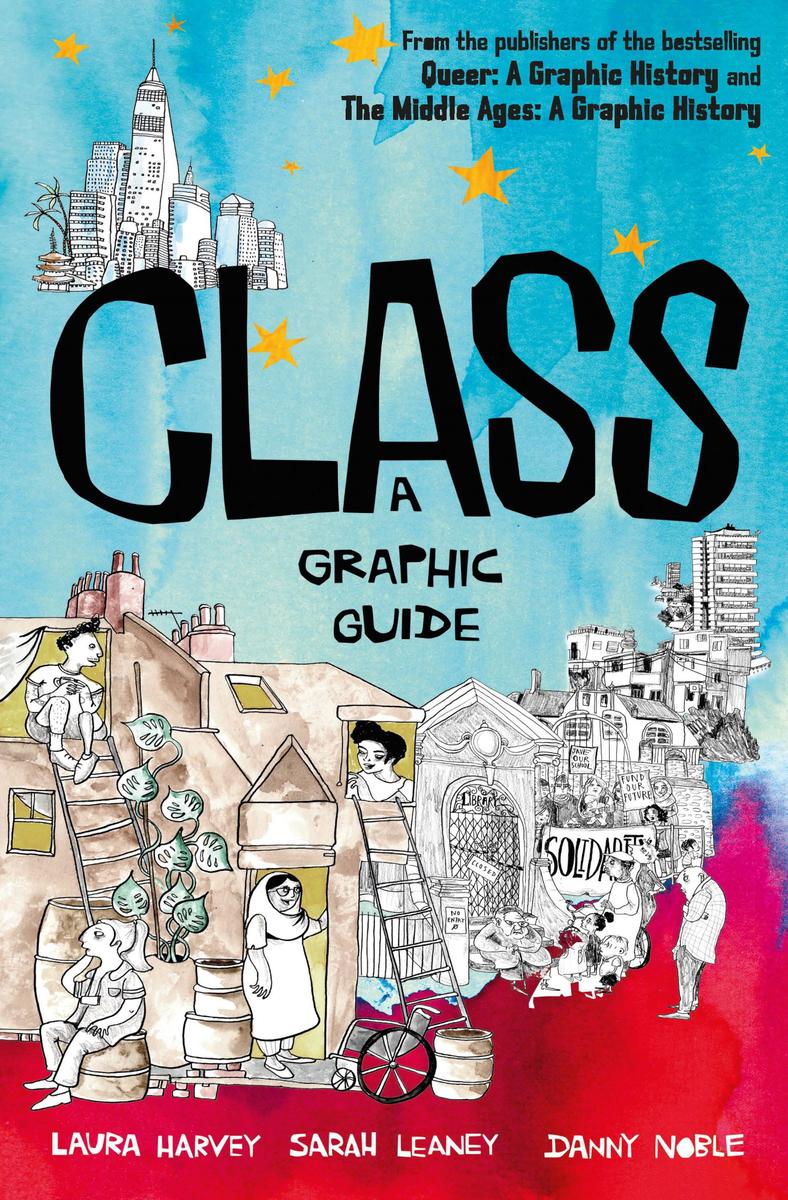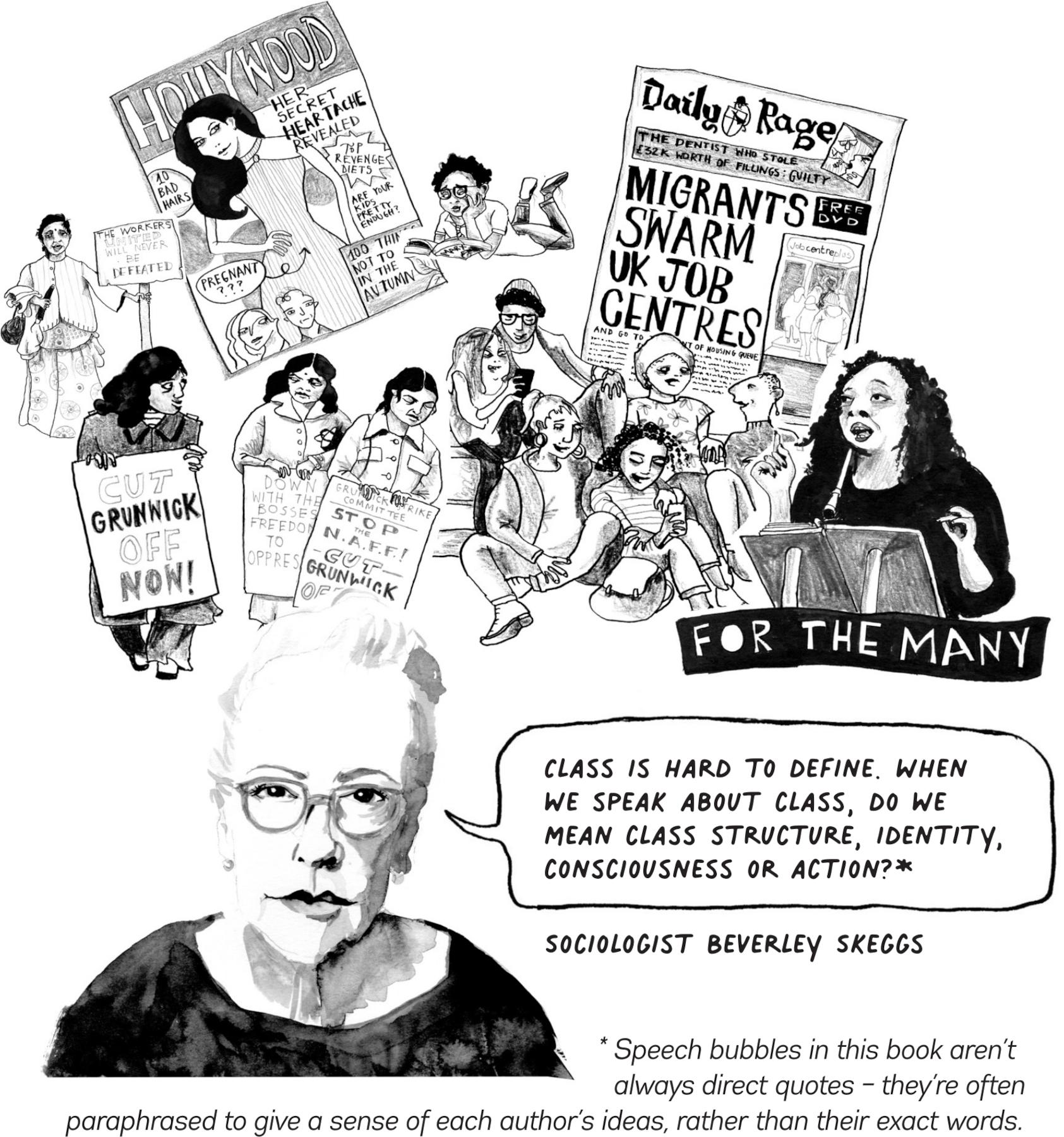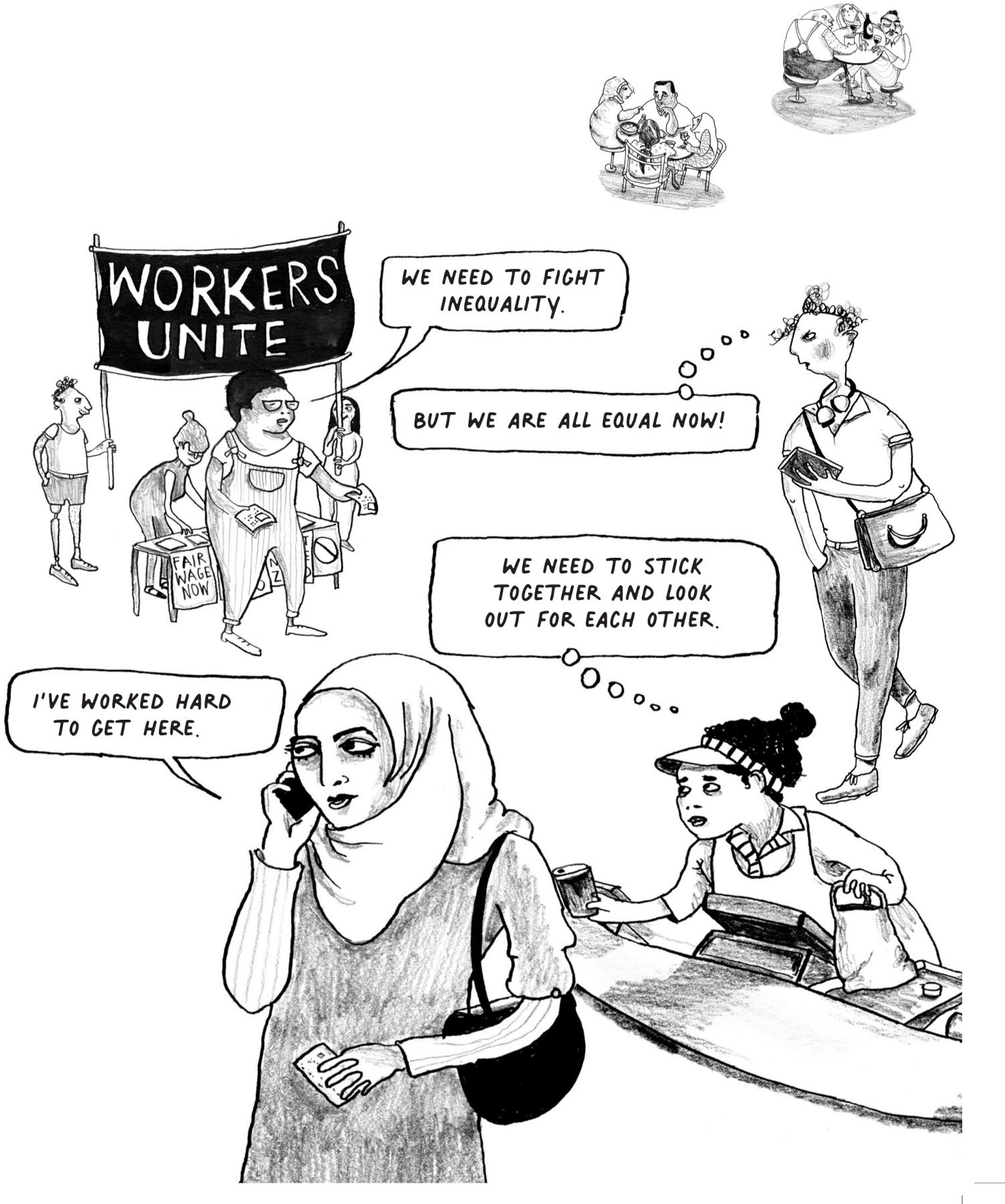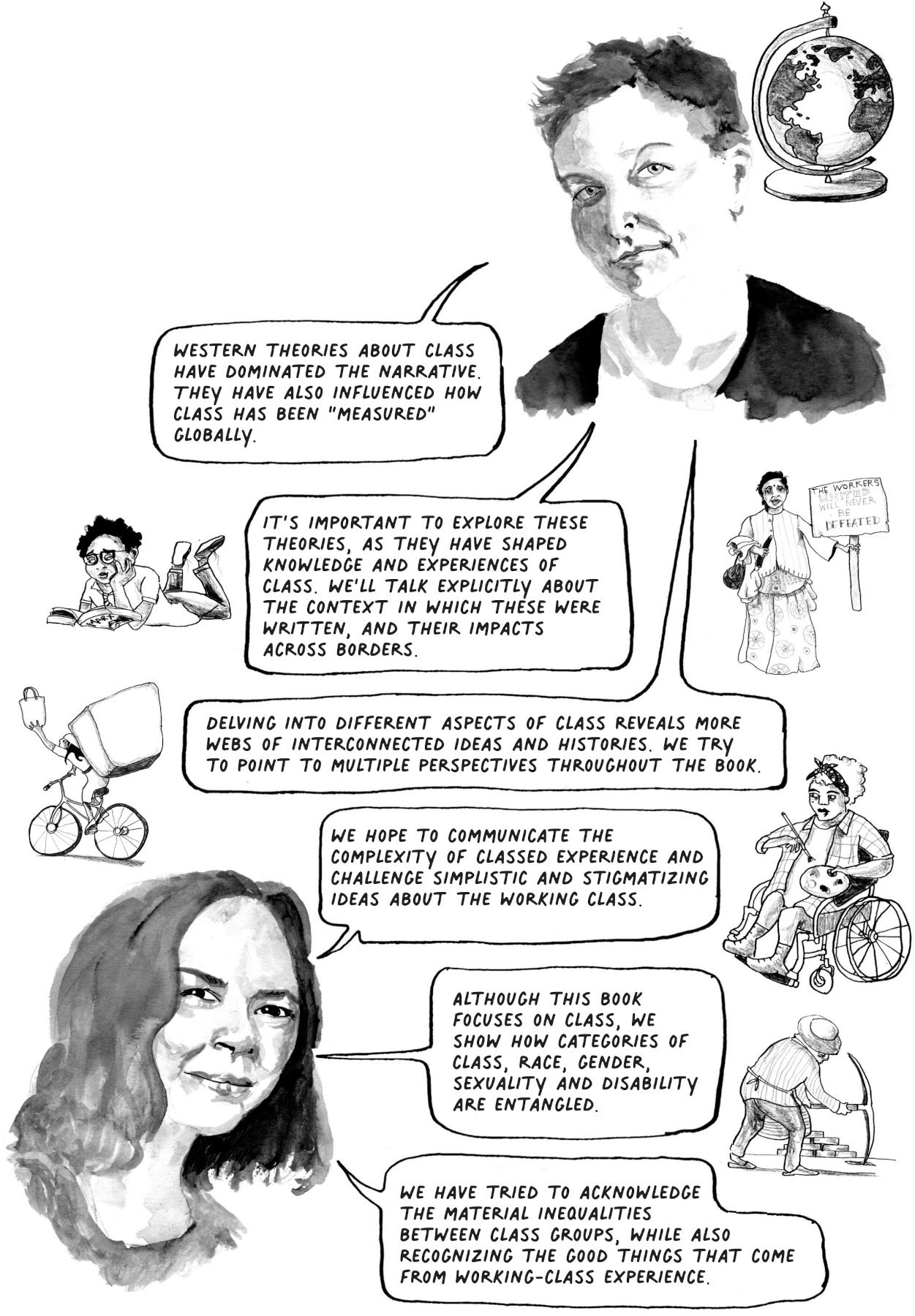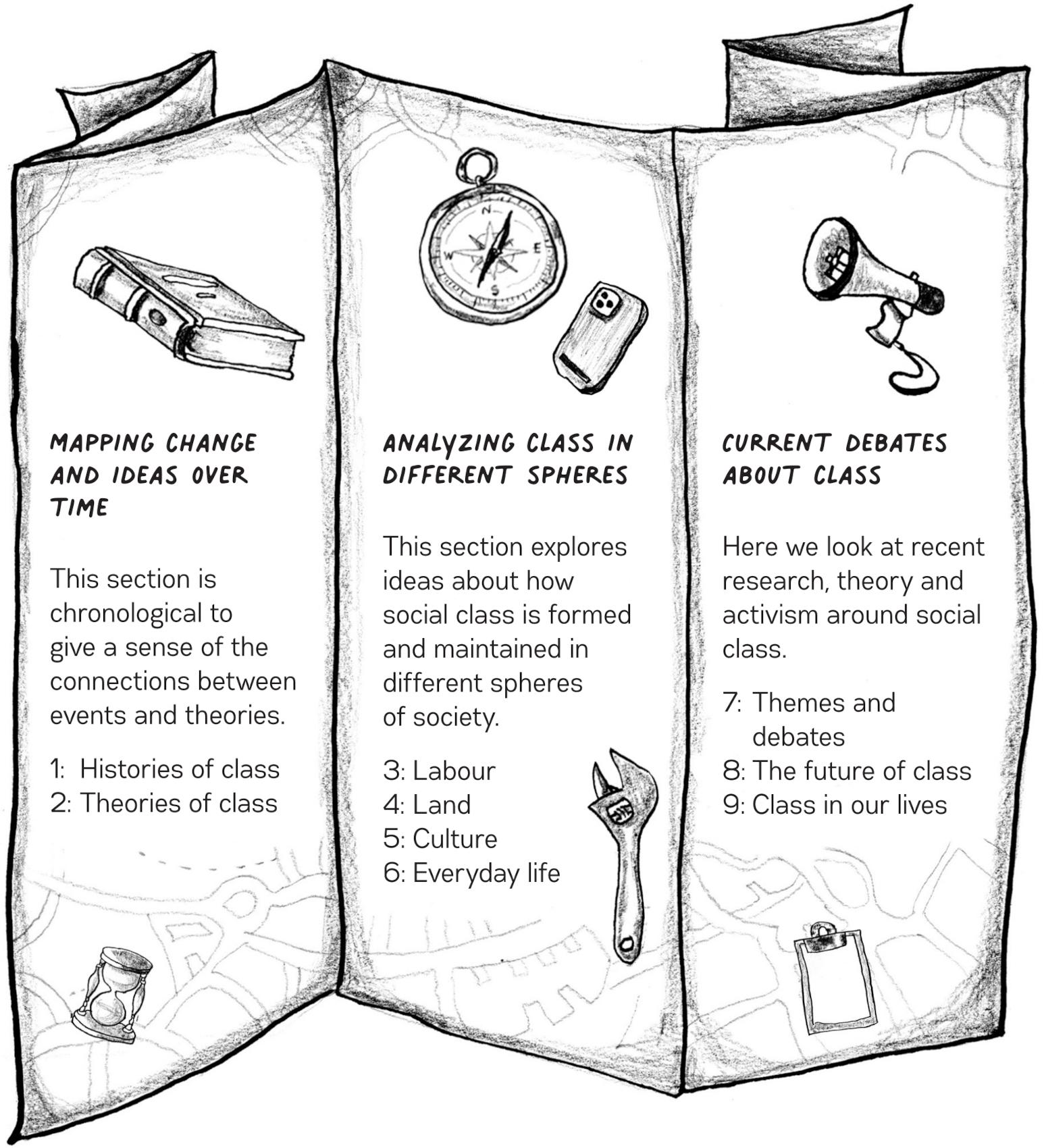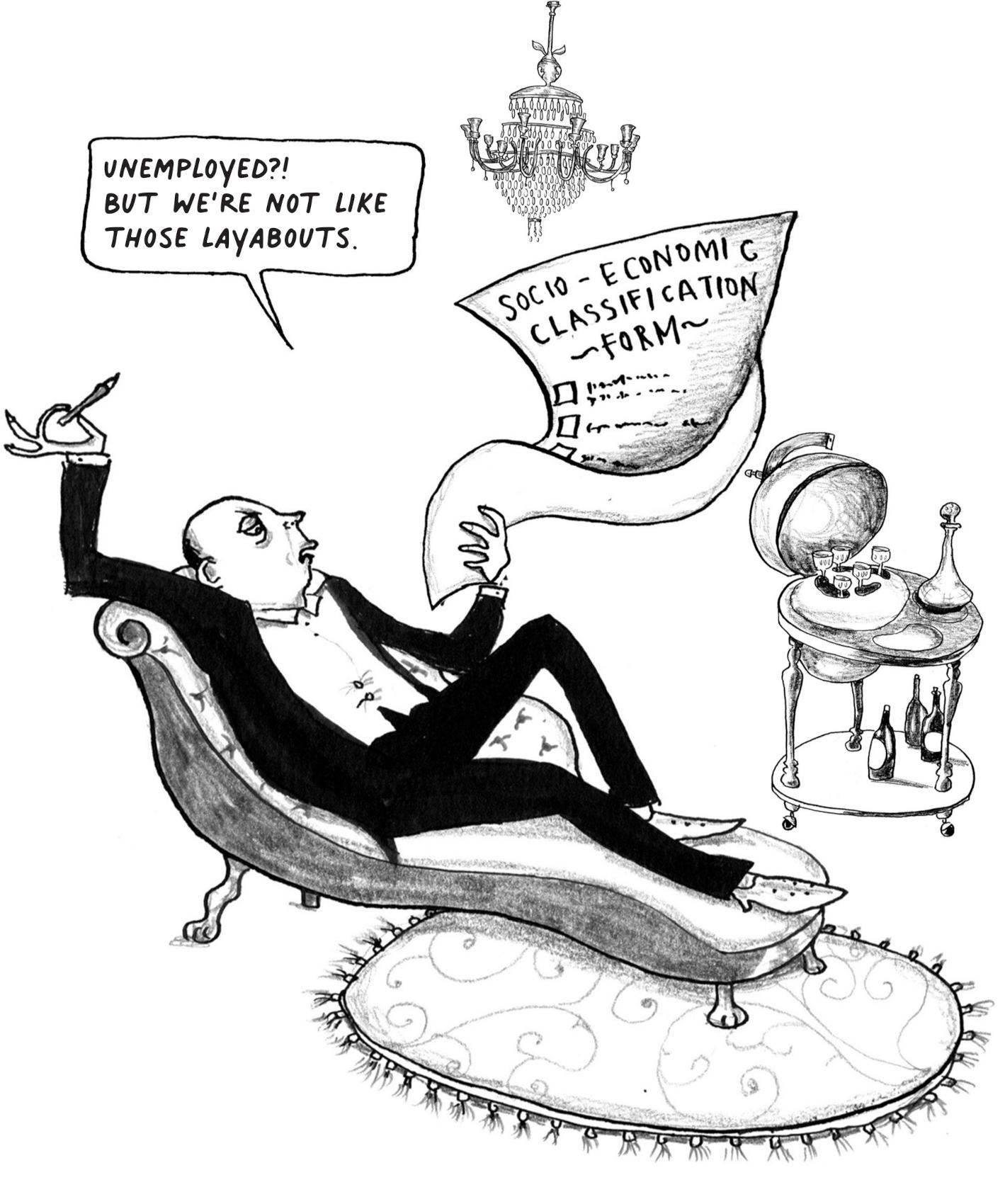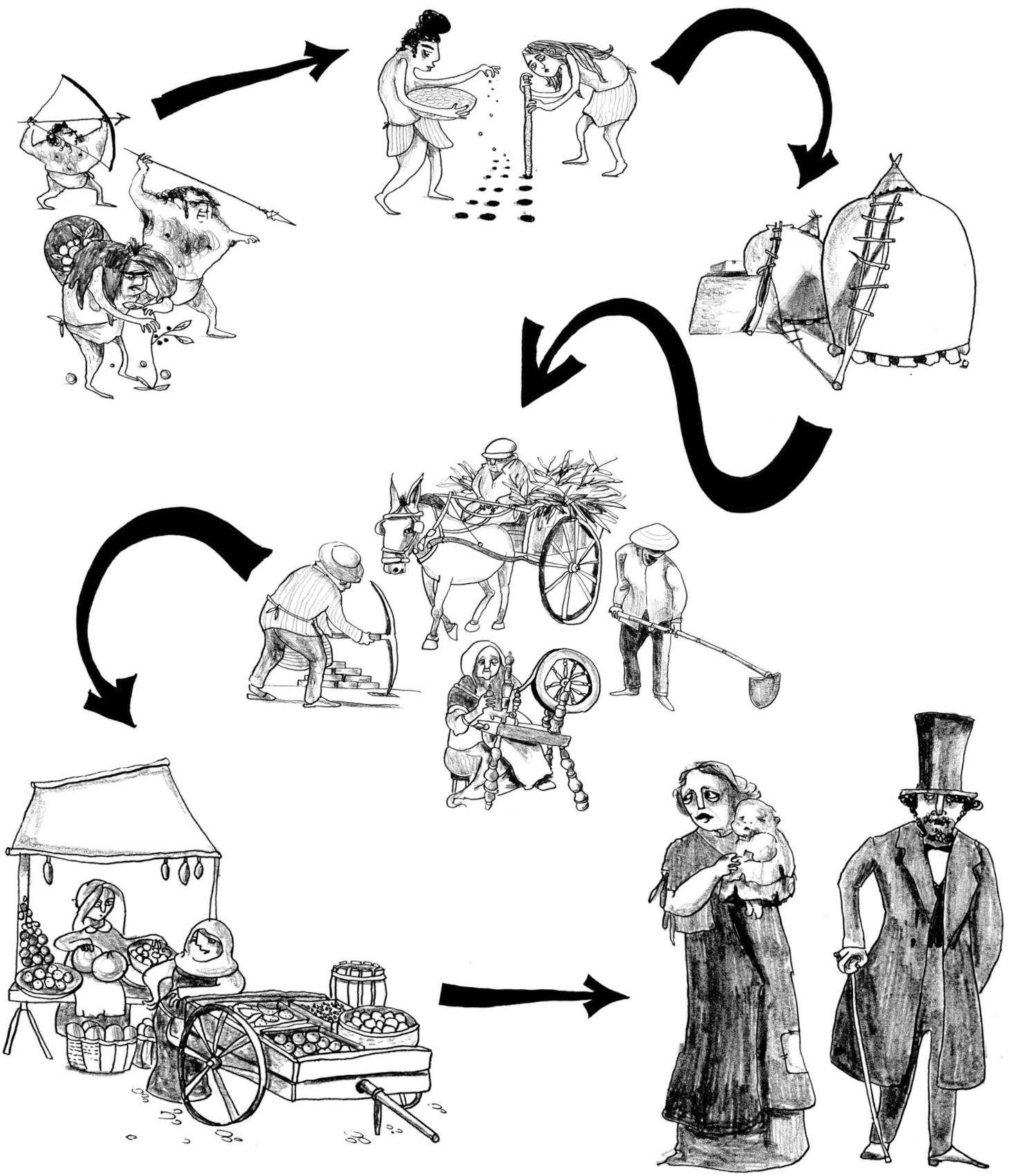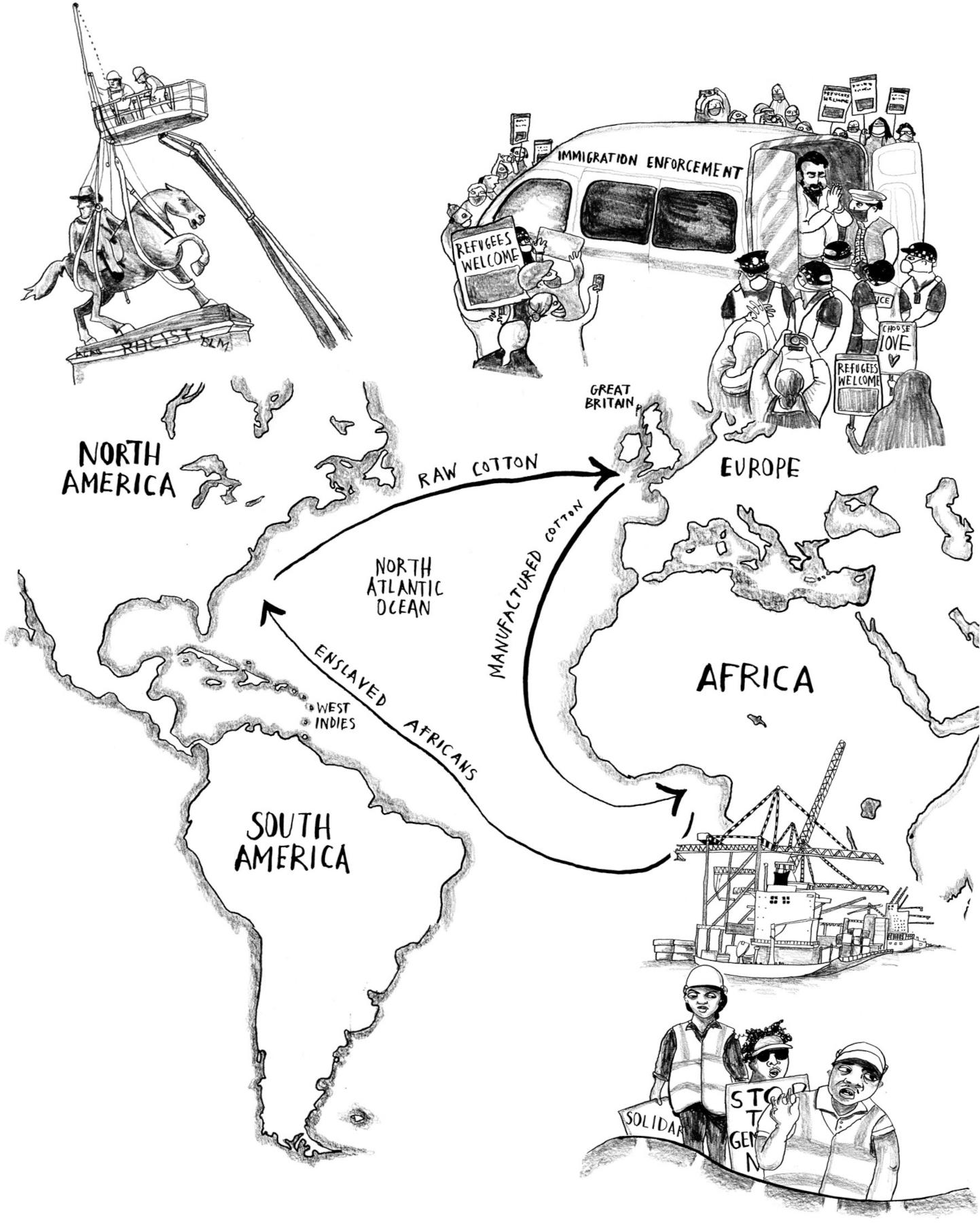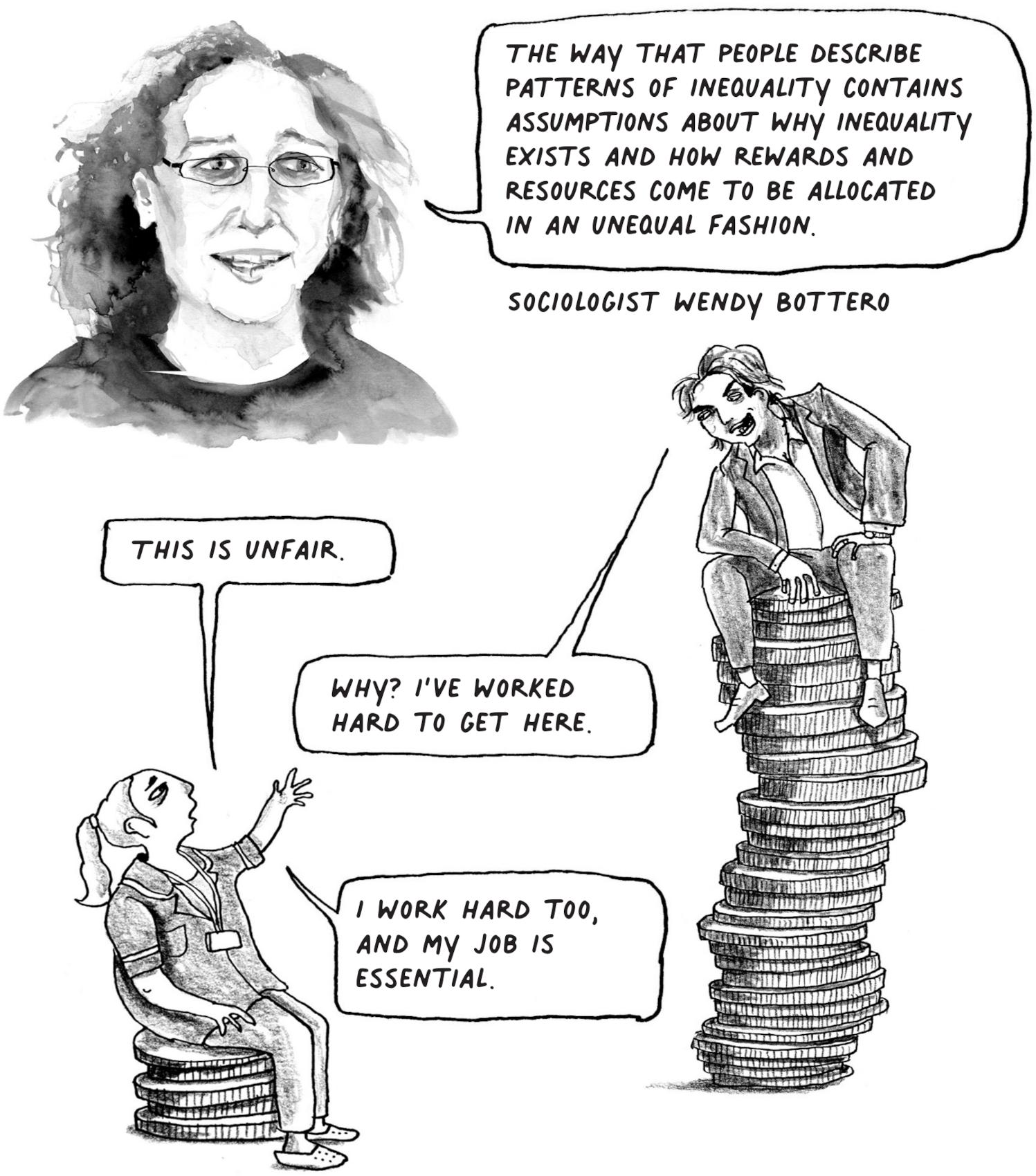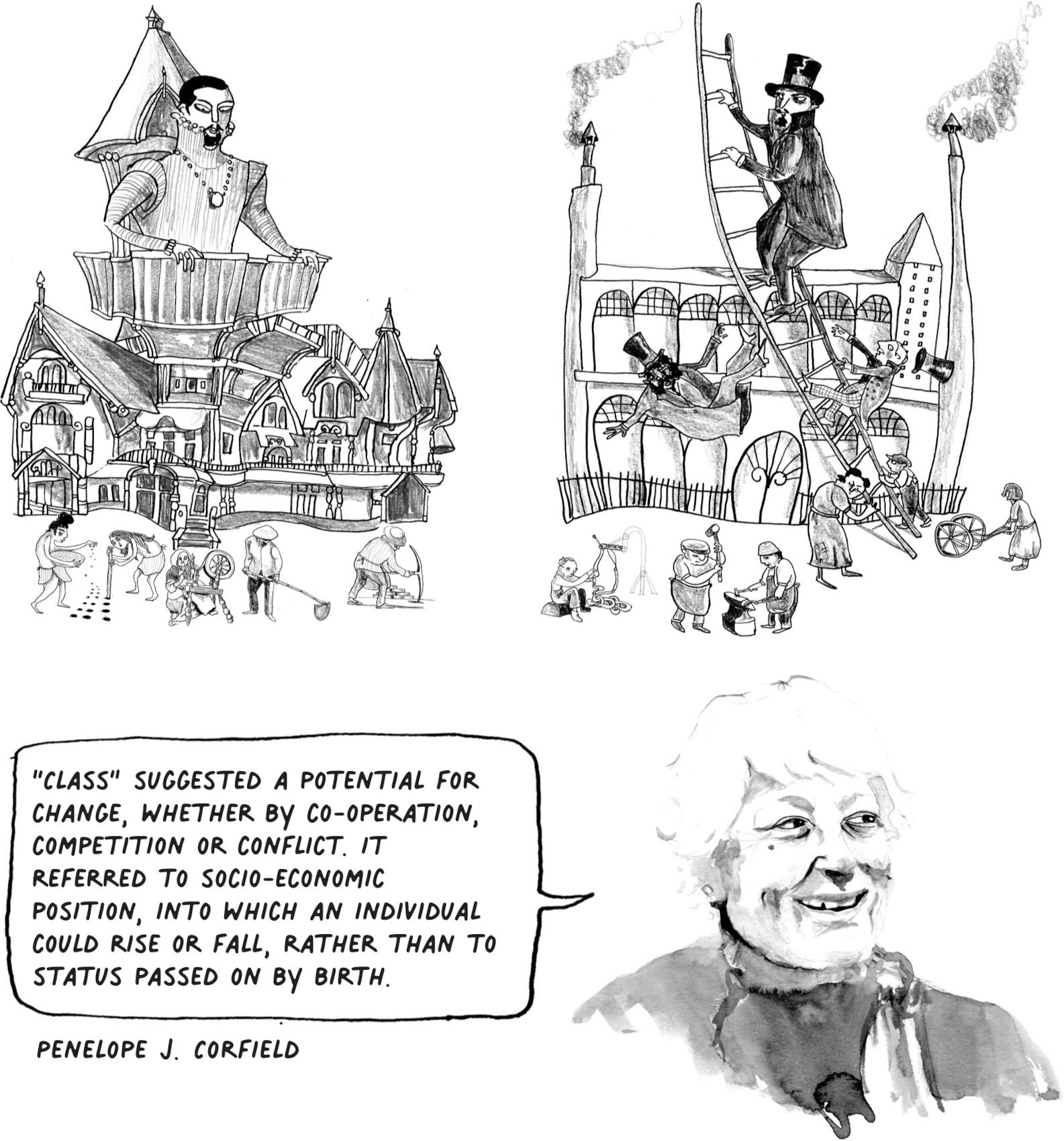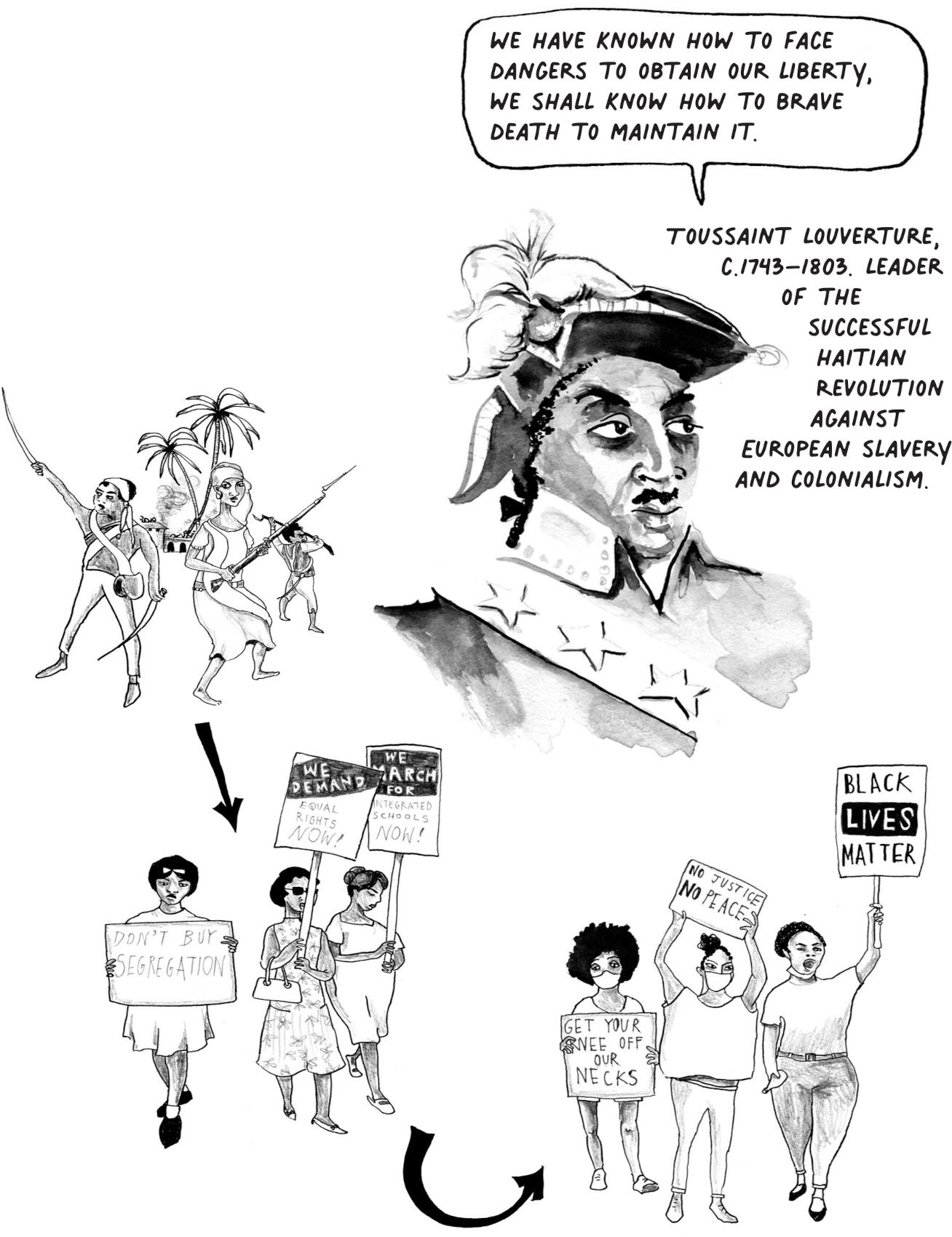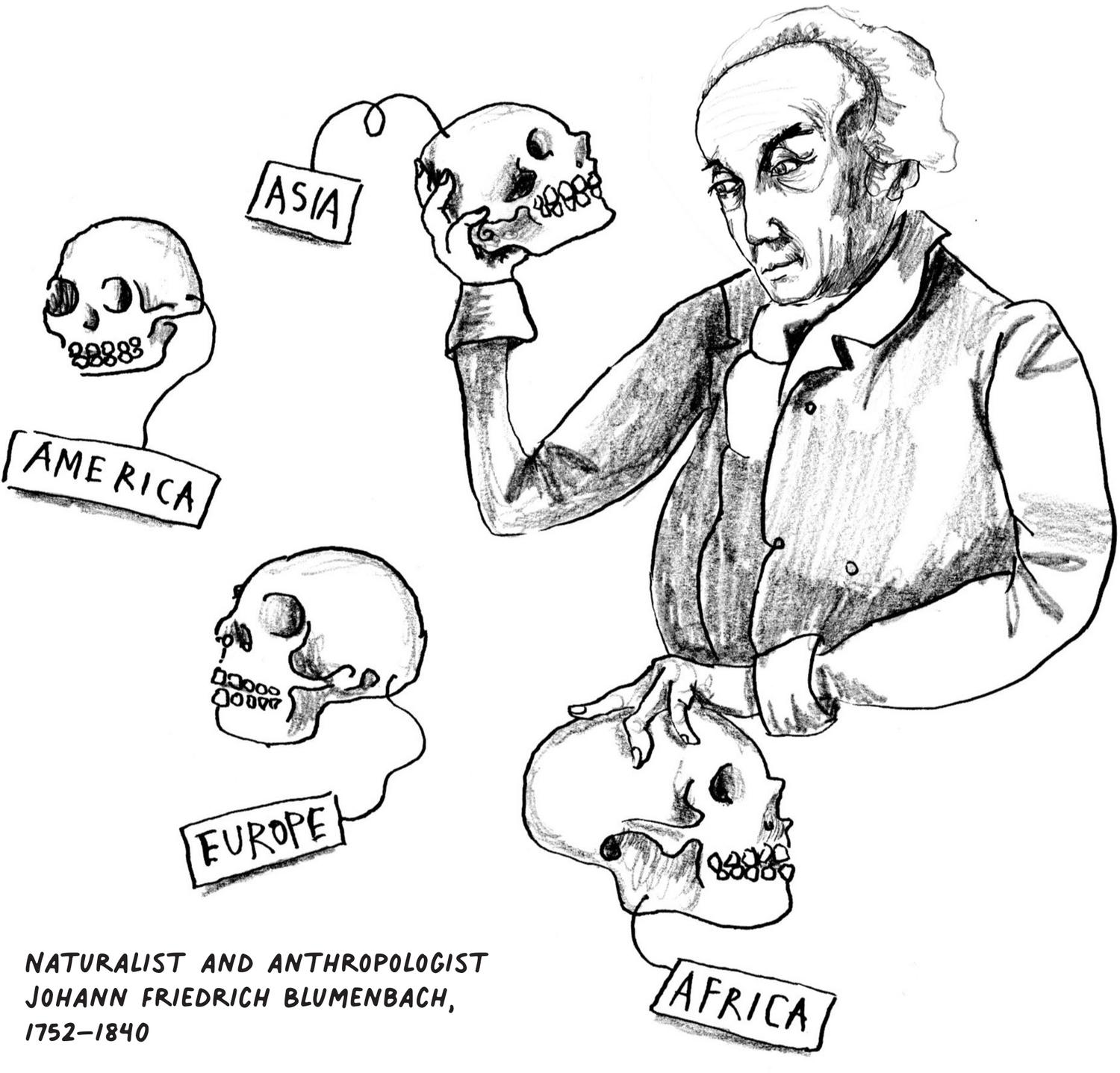Class can be found in many spheres of our lives, but it can be difficult to pin down. We often use other words and images to talk about class. When class is spoken about directly, it can have different meanings to different people. In this book, we will be thinking about class as:
This book will introduce you to different ways of understanding class. We will explore a range of theories about what class is and the broad effects it has, and well encourage you to think about class in your own life.
We hope to spark your interest, highlight examples of when class has been challenged and inspire you to think about how we can break down class inequality.
All theories of class are developed in specific historical and social contexts, so they reflect the world as seen through the authors eyes in that particular moment. Our own learning and research about class has been shaped by our social background. We have tried to disrupt dominant narratives of class by using critical perspectives to interrogate classical theories and our own ideas.
Weve written this book so that it can be dipped in and out of you dont need to read it cover to cover. The pages are grouped into these sections:
We finish by encouraging you to think about social class in your own life and suggest different ways you can take action to challenge class inequalities.
Concepts are not neutral they are created in specific historical and social moments as tools to describe and explain the world. Concepts can also have an impact on the world in organizing social life, justifying how things are and pointing to strategies for change. In the next few pages, we will consider how the concept of class has been used and how it has travelled through time and space.
SOCIAL STRUCTURES
Early humans lived in small groups, hunting and gathering food to survive. The invention of agriculture, around 12,000 years ago, enabled the emergence of larger, more complex societies. Farming and the ability to store and transport surplus crops meant that not everyone had to be involved in the production of food. This created a division of labour within societies and the conditions for the accumulation of resources by some groups. As ancient cities emerged and communicated with each other via trade, complex social structures and hierarchies developed.
GLOBAL CONNECTIONS
The social structures that have developed in different local areas across the world are diverse but also connected through histories of migration, trade, imperialism, slavery, colonialism, rebellion and war. We often think of hierarchies and power inequalities as inevitable or natural, but by digging under the surface we can examine the social, economic and cultural factors that have had an impact on the way society is organized.
WHAT IS CLASS?
The word class is usually used to categorize people in relation to their economic position and social status. Depending on your perspective, these categories are used to describe and explain:
- economic and social inequality between groups
- the access that different groups have to resources (like land, property, power or money)
- a social hierarchy related to job type, education and family background.
Although there is considerable variation in the way that the term class is used in everyday language and by theorists, it is almost always used to make claims about inequality.
EXPLAINING INEQUALITY
Historian Penelope J. Corfield argues that class came into use as a concept in Britain in the 18th century. In earlier centuries, social status was relatively fixed and hereditary. With the emergence of capitalism, wealth and status could be gained via manufacture and trade. As the century progressed, increasing numbers of working people became reliant on wage labour instead of small-scale farming. Before this, there had been words to describe and explain social hierarchy, such as ranks, orders or stations, but the term class connected social position more explicitly to economics and production.
REBELLION
Across the world, the idea of social hierarchy as something changeable has developed against a backdrop of resistance and revolt against poverty and inequalities. Peasant uprisings, rebellions and revolutions against slavery, colonial rule, monarchy and capitalism have had an impact on social structure and the stories we tell about it.
In the Haitian Revolution of 17911804, enslaved Africans in the French colony of Saint-Domingue fought for freedom from colonialism and slavery. The revolution led to Haitian independence and the emancipation of slaves. This has been a source of inspiration for liberation movements, literature and anti-racist activism.
THE ENLIGHTENMENT
The 18th century saw the emergence of an intellectual movement in Europe that historians have called the Enlightenment. Although there was diversity and debate among thinkers writing at that time, Enlightenment philosophers shared a belief that they were creating universal knowledge through science and reason.

